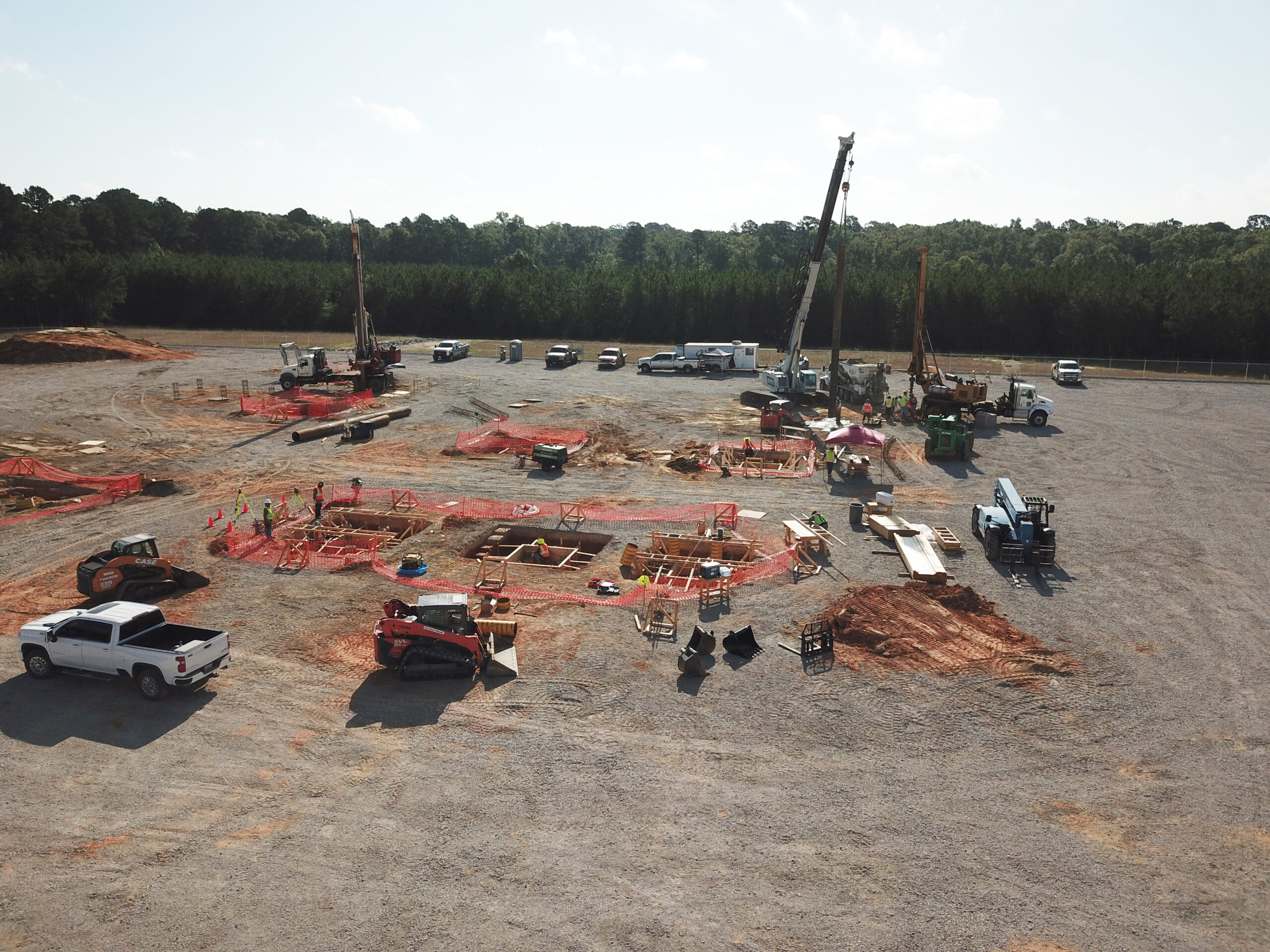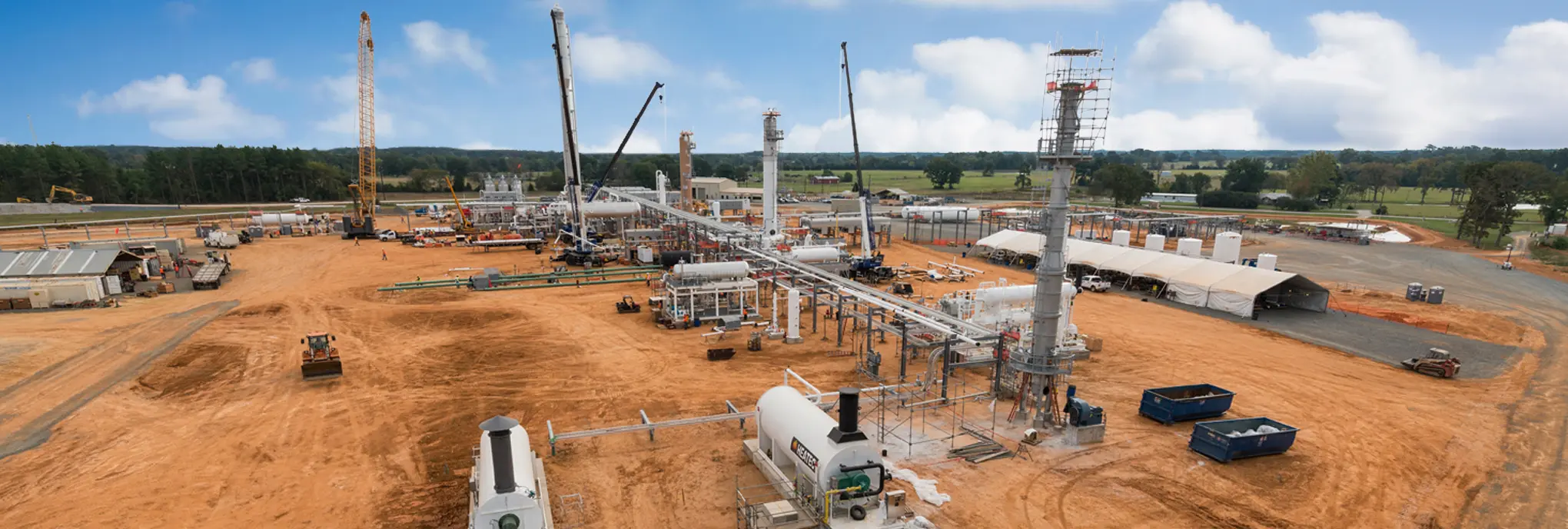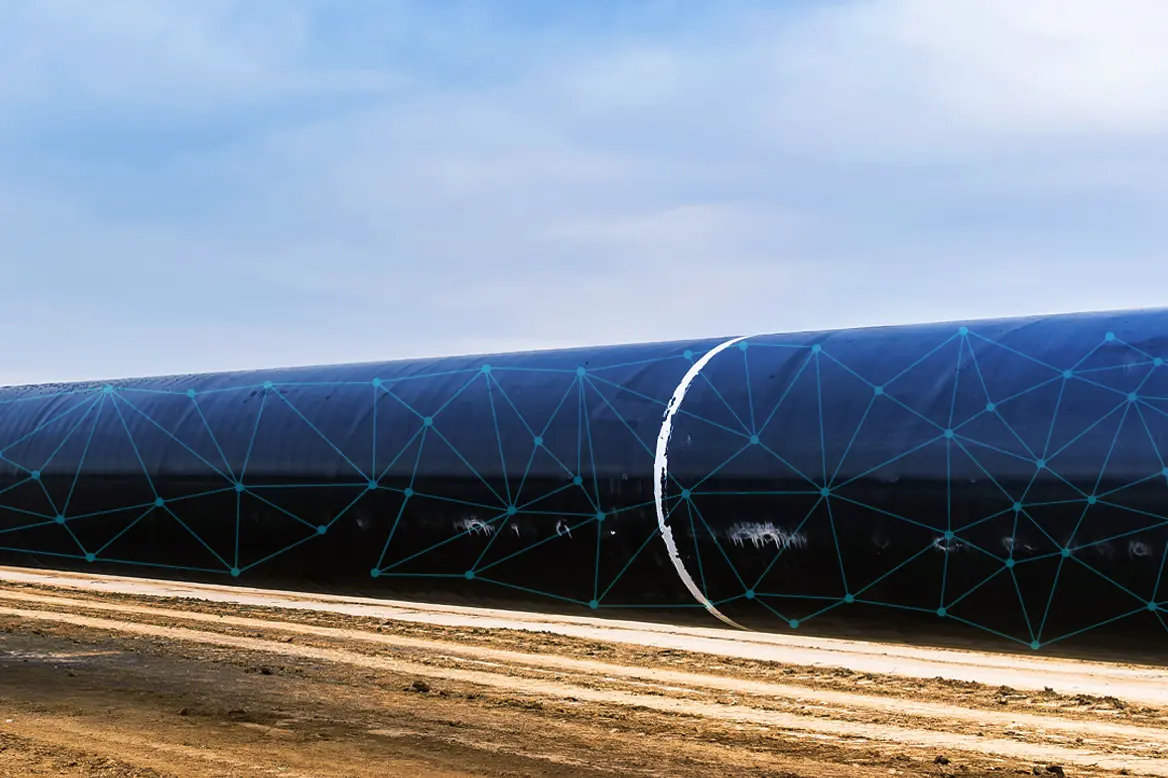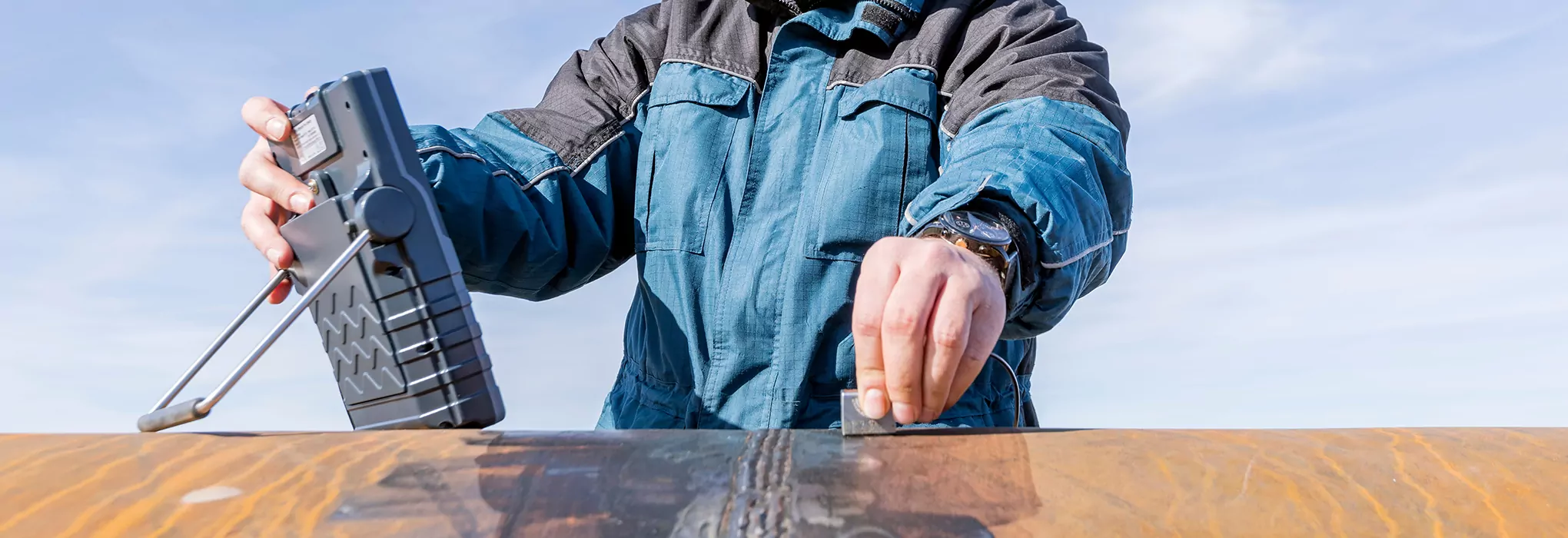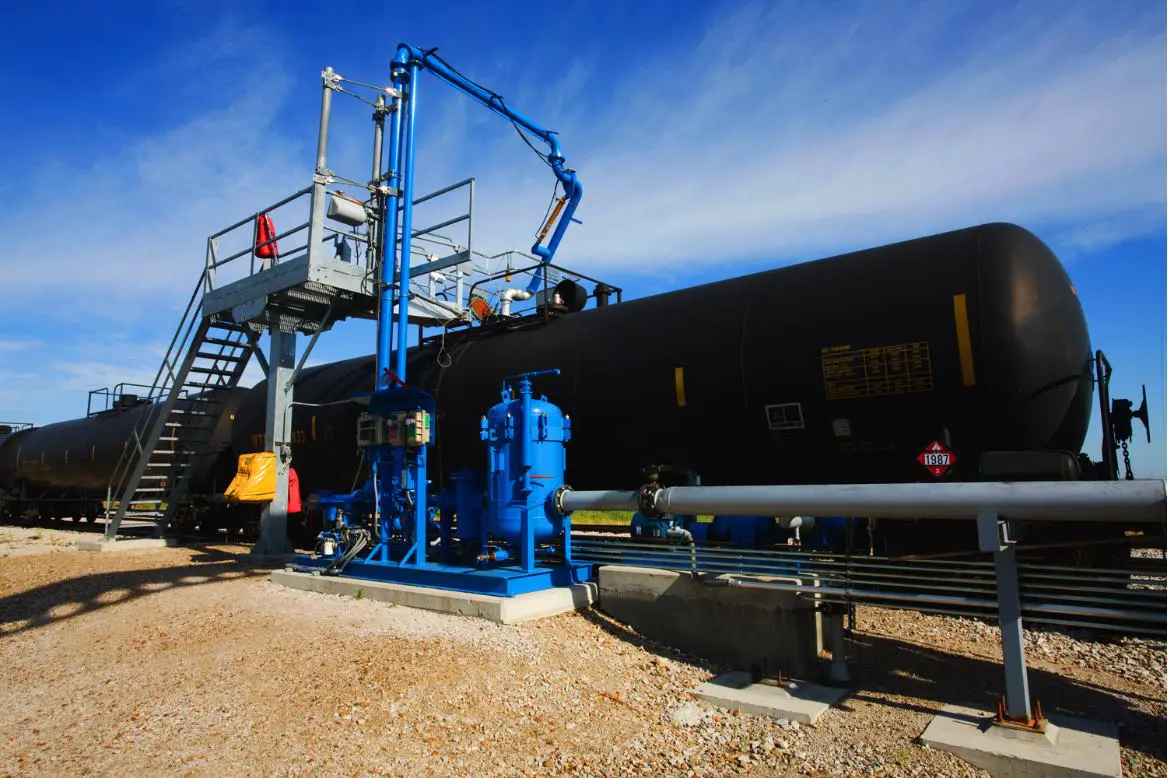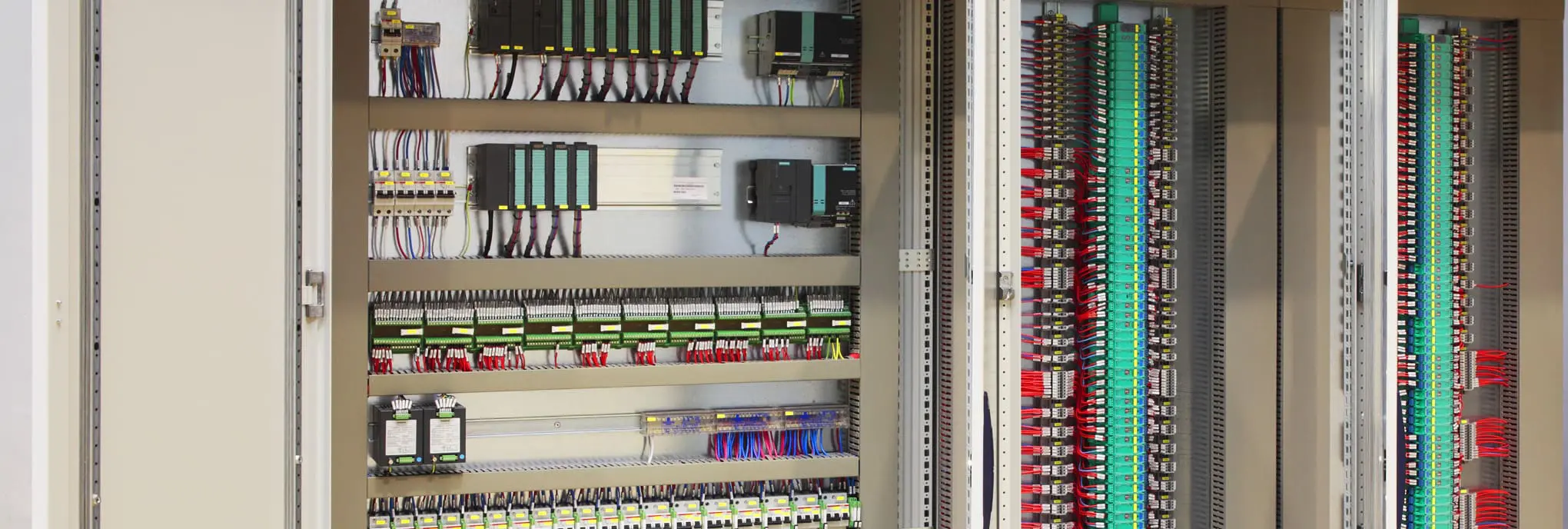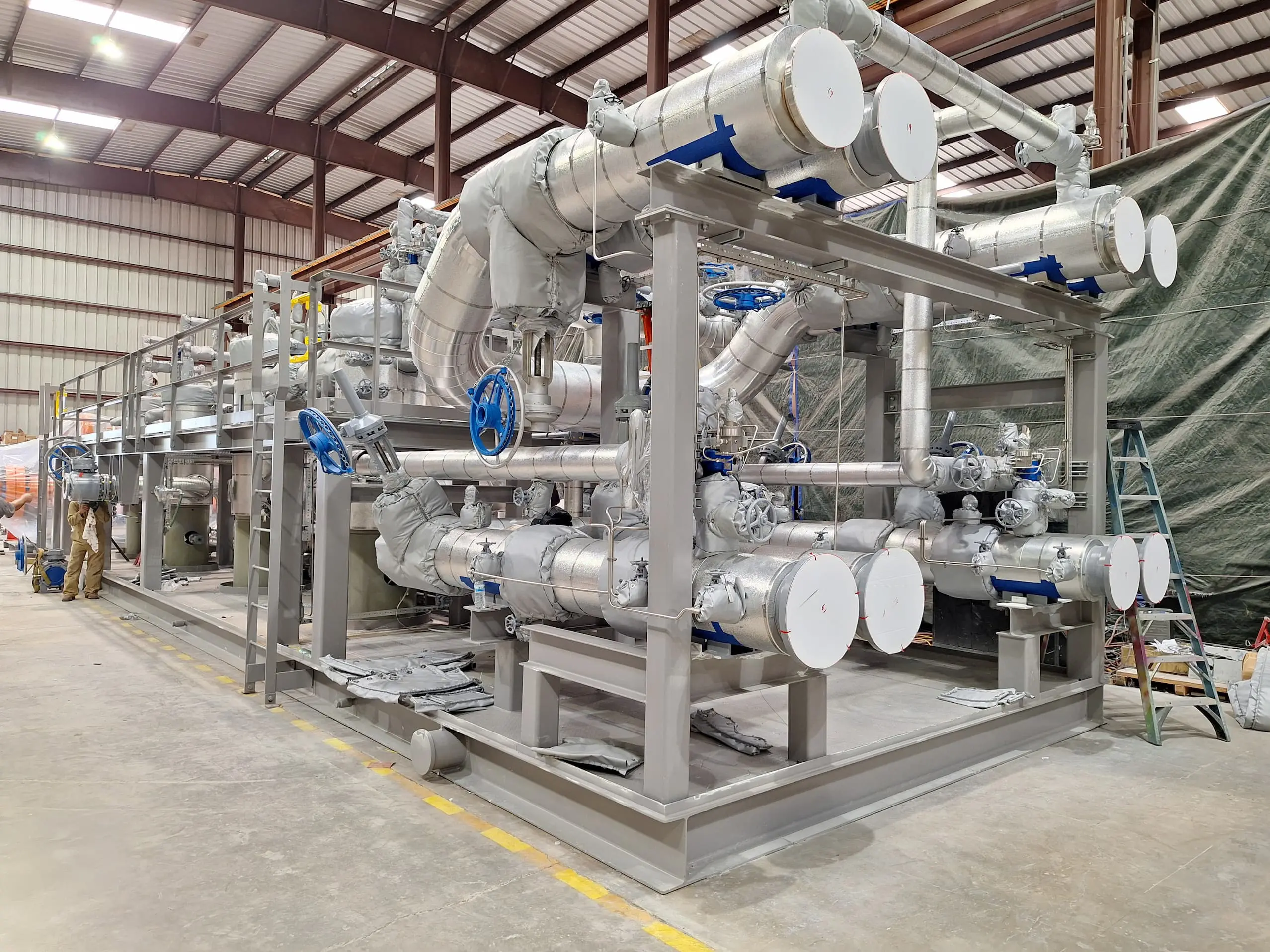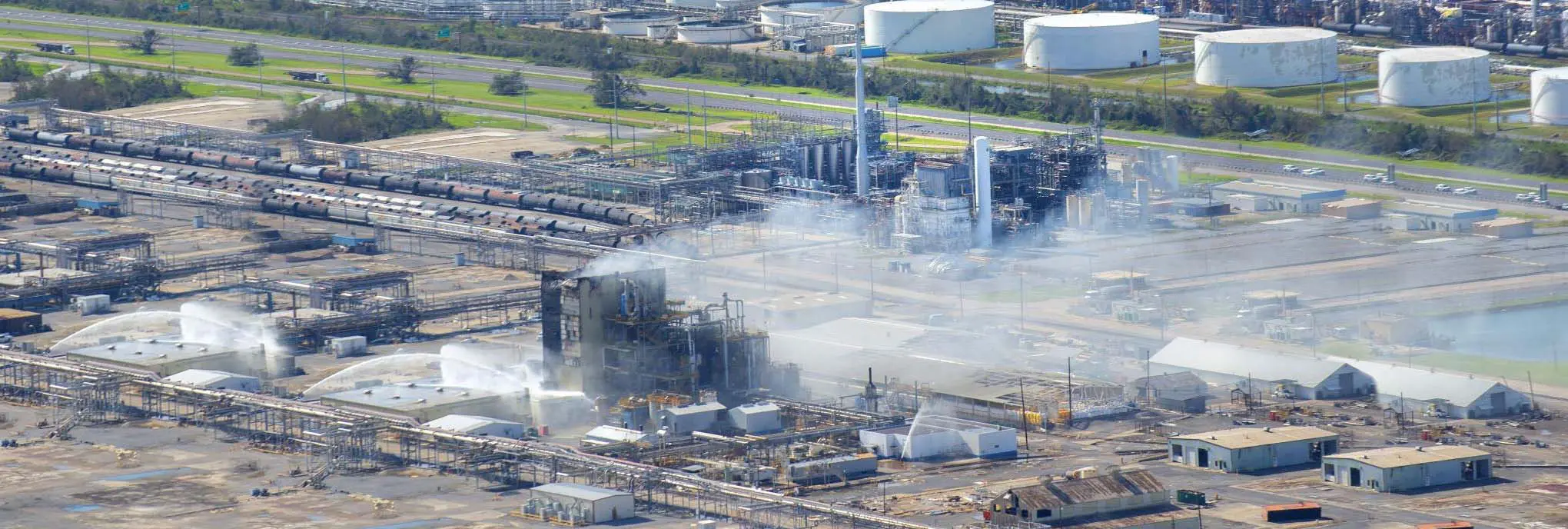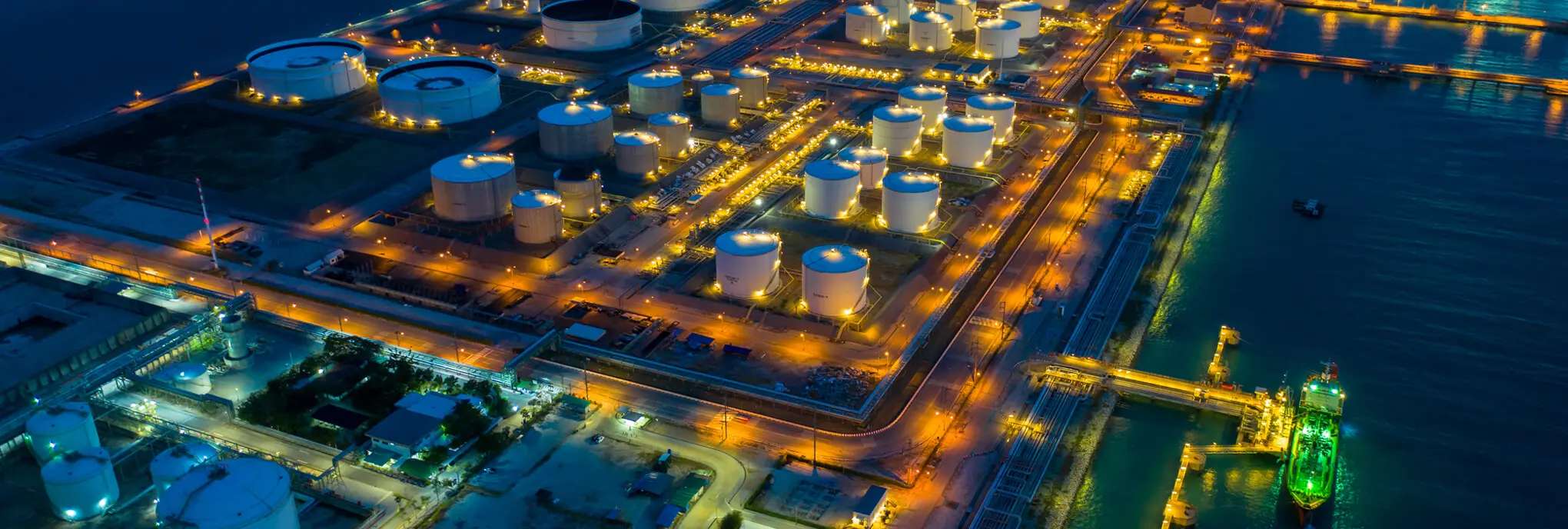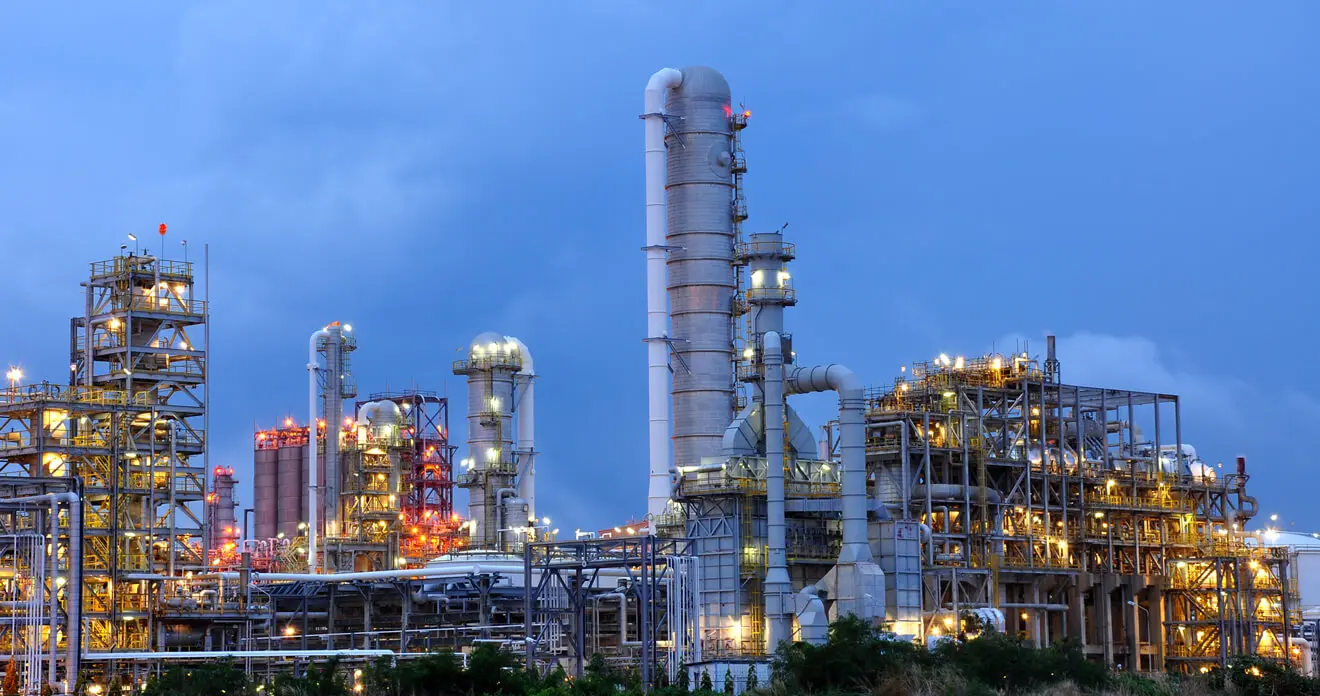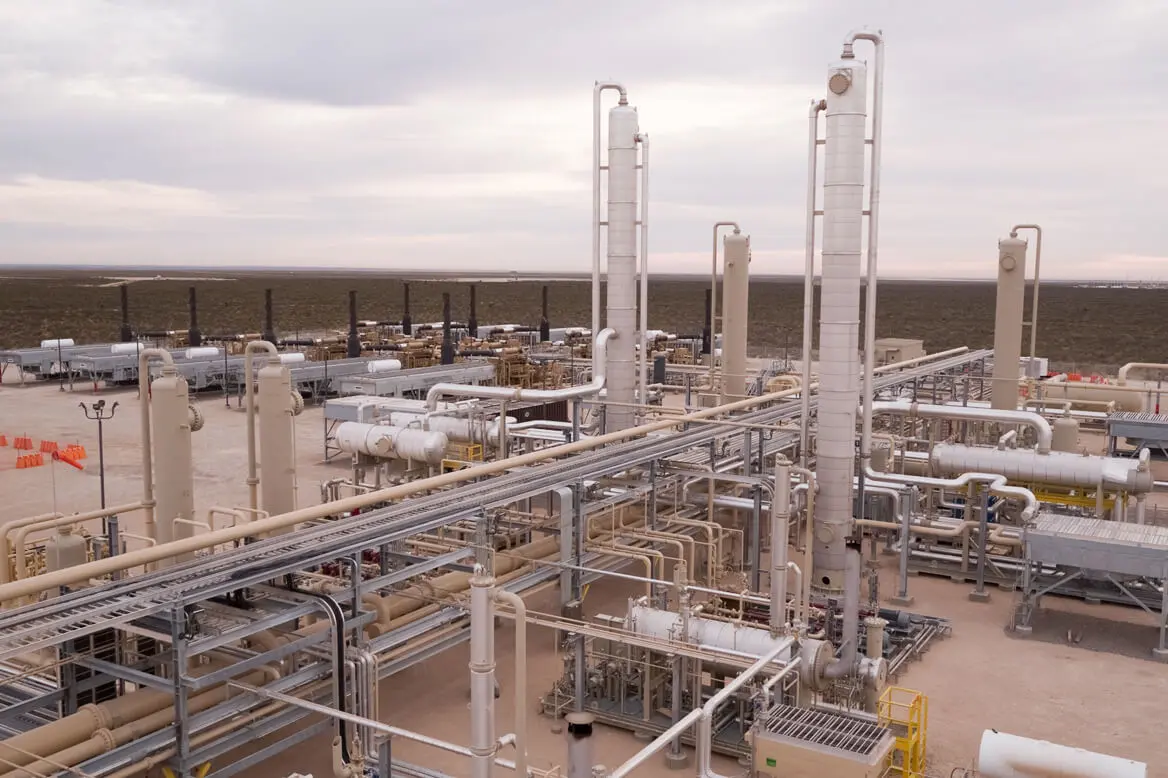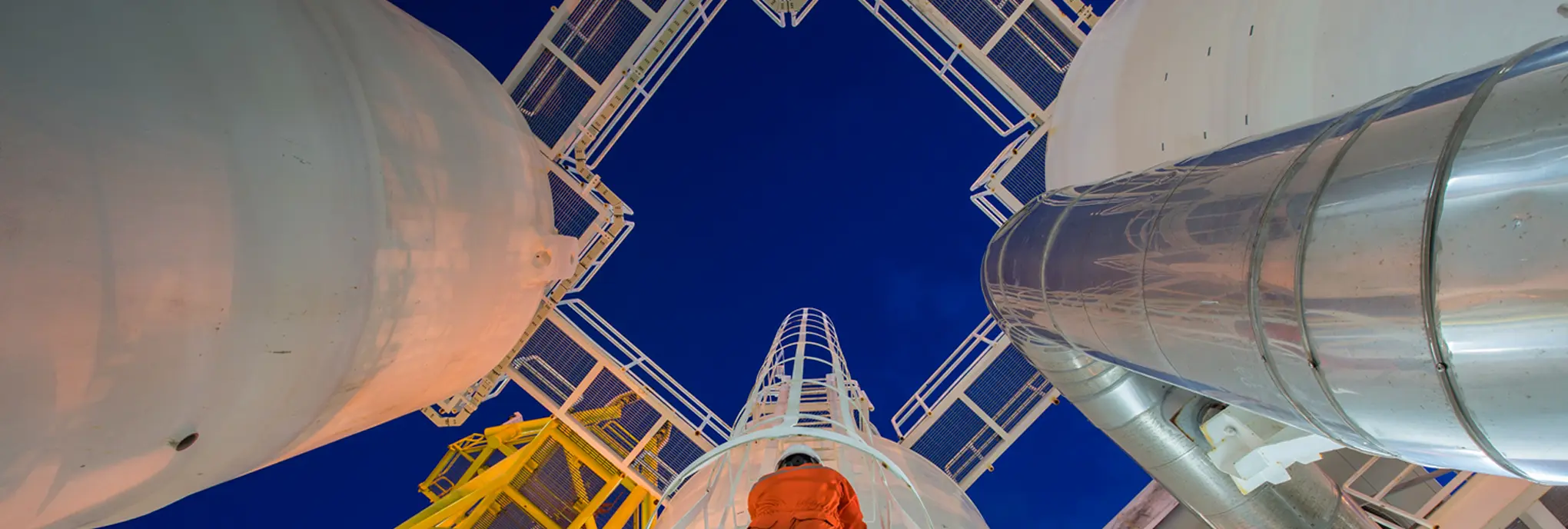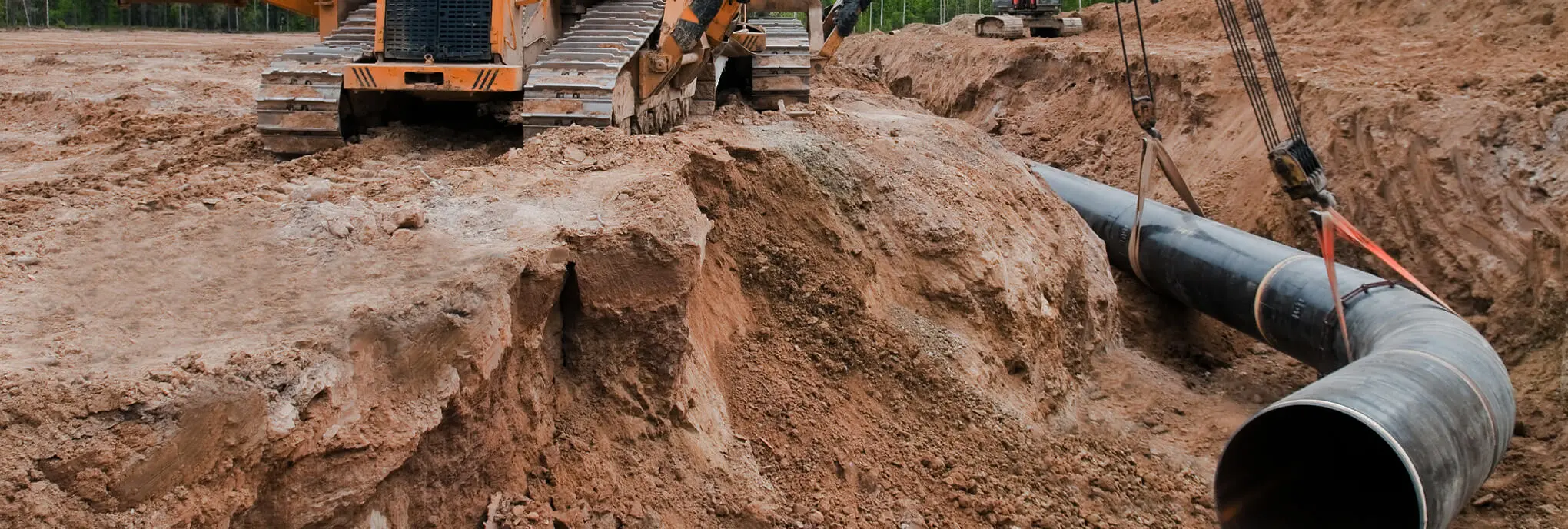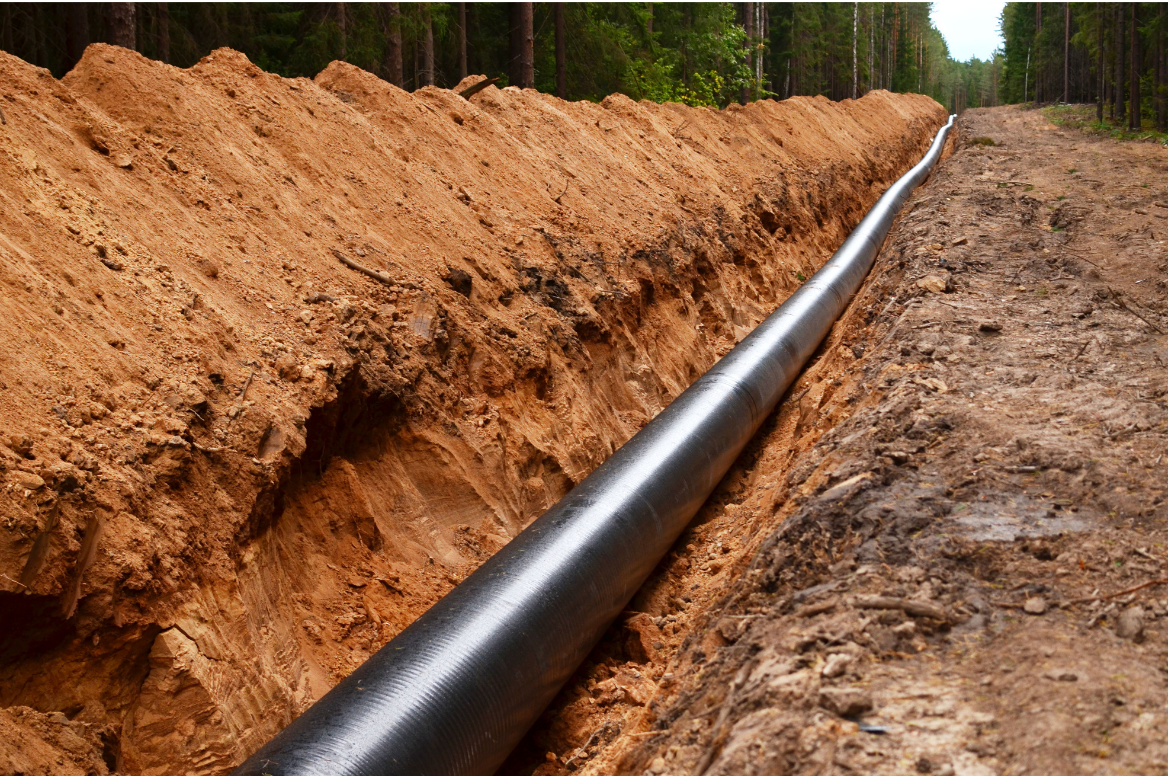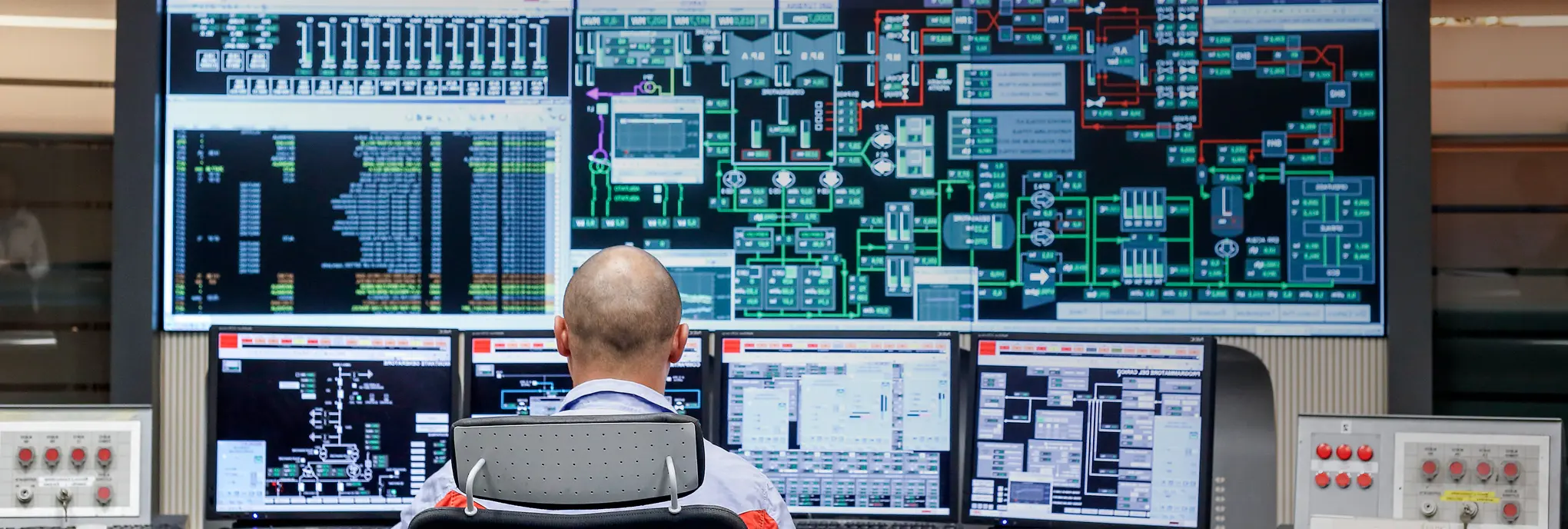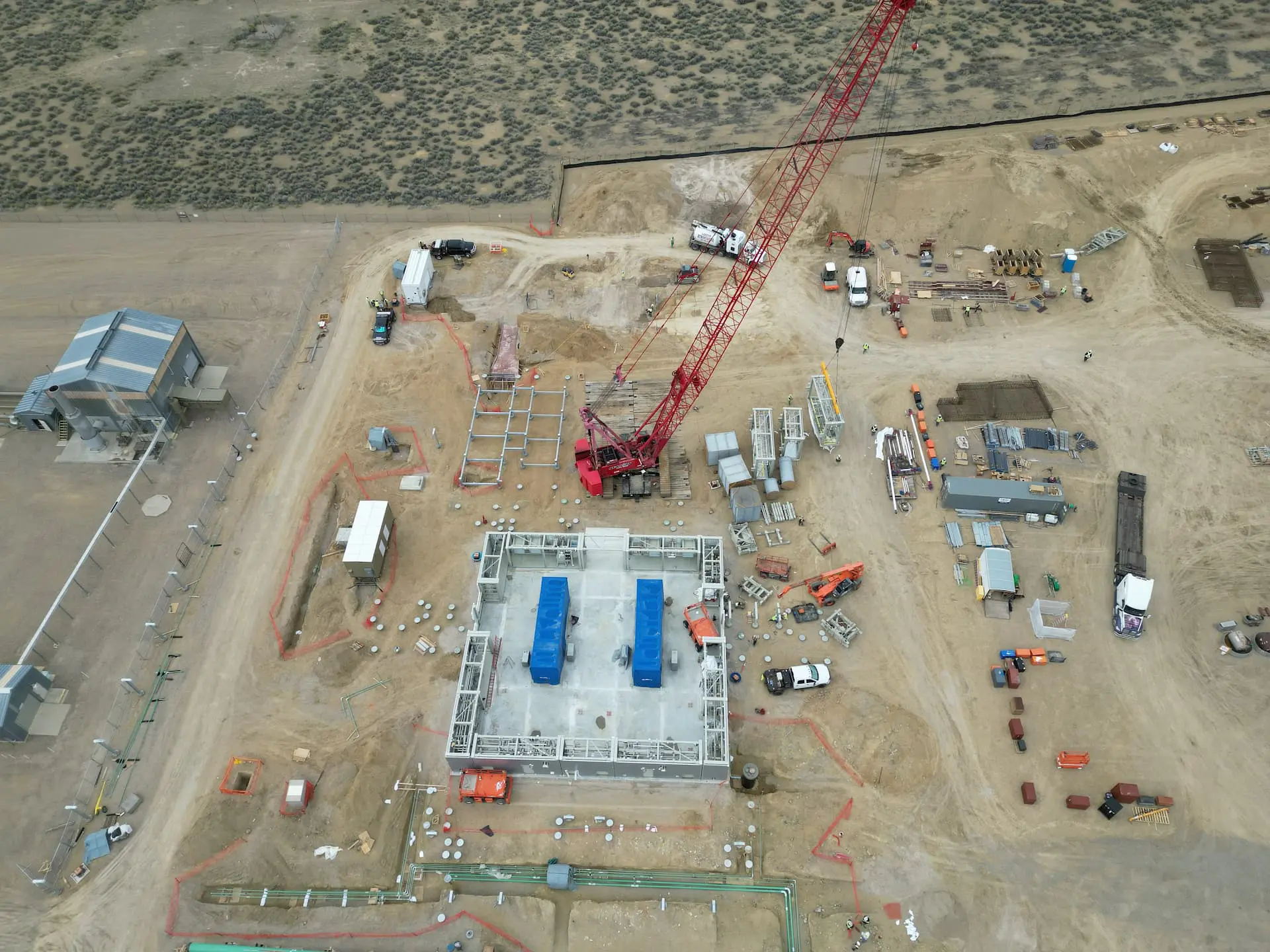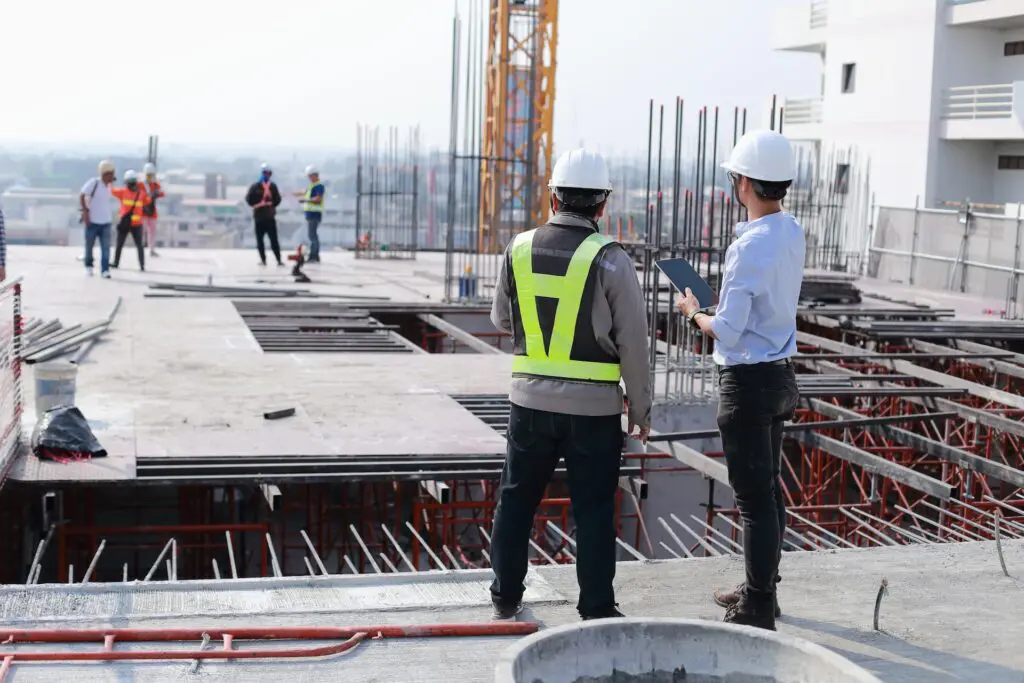

Want to share this article?
How Do Depth-Of-Cover Surveys Protect Pipelines?
Installing and maintaining a hydrocarbon pipeline is a complex, regulated task.
Human and environmental safety is paramount, and proper geographical and depth placements are vital. Companies like Audubon Field Solutions depend on new technologies and years of industry knowledge to effectively implement depth-of-cover surveys for pipelines around the country. But why are they so important, and how are they performed?
A depth-of-cover survey ensures “the cover between the top of the [pipeline] and the ground level, road bed, river bottom, or sea bottom, as applicable, [and] complies” with local, state, and federal regulations. This cover protects the pipeline from environmental scour and third-party human activities. Regulations may vary from state to state on the requirements for the depth of a pipeline and how often a depth-of-cover survey must be conducted. The state of Washington, for example, dictates different amounts of cover based on a normal excavation, a rock excavation, and its general location. Coverage must be greater in deepwater port safety zones and inland water body crossings than in your average rural flat-ground areas. Surveys typically must be conducted several times over a decade, though in areas where erosion is likely, a survey may need to be conducted every few years.
The processes involved in conducting a depth-of-cover survey will vary, dependent on terrain. Shallow water surveys will utilize techniques such as physical probing and sidescan sonar, whereas terrestrial surveys may involve an array of on-site analysis tools as well as 3D scanning technologies like laser-based LiDAR. This technology has advanced substantially, with companies like Civil Maps developing cloud-based software that can limit or even eliminate terrestrial surveying while providing construction crews useable geospatial data in a matter of weeks.
In cases where shallow or exposed pipeline is detected, mitigation action is required. The Association of Oil Pipe Lines recommends a wide variety of methods (PDF) to resolve such issues, dependent on the specific deficiency or location. In cases of erosion, adding additional cover materials or protective barriers may be the simplest method; worst case a portion of the pipeline may need to be lowered or relocated. Additionally, excavation controls and improved signage will reduce risks associated with inadvertent human intervention.





